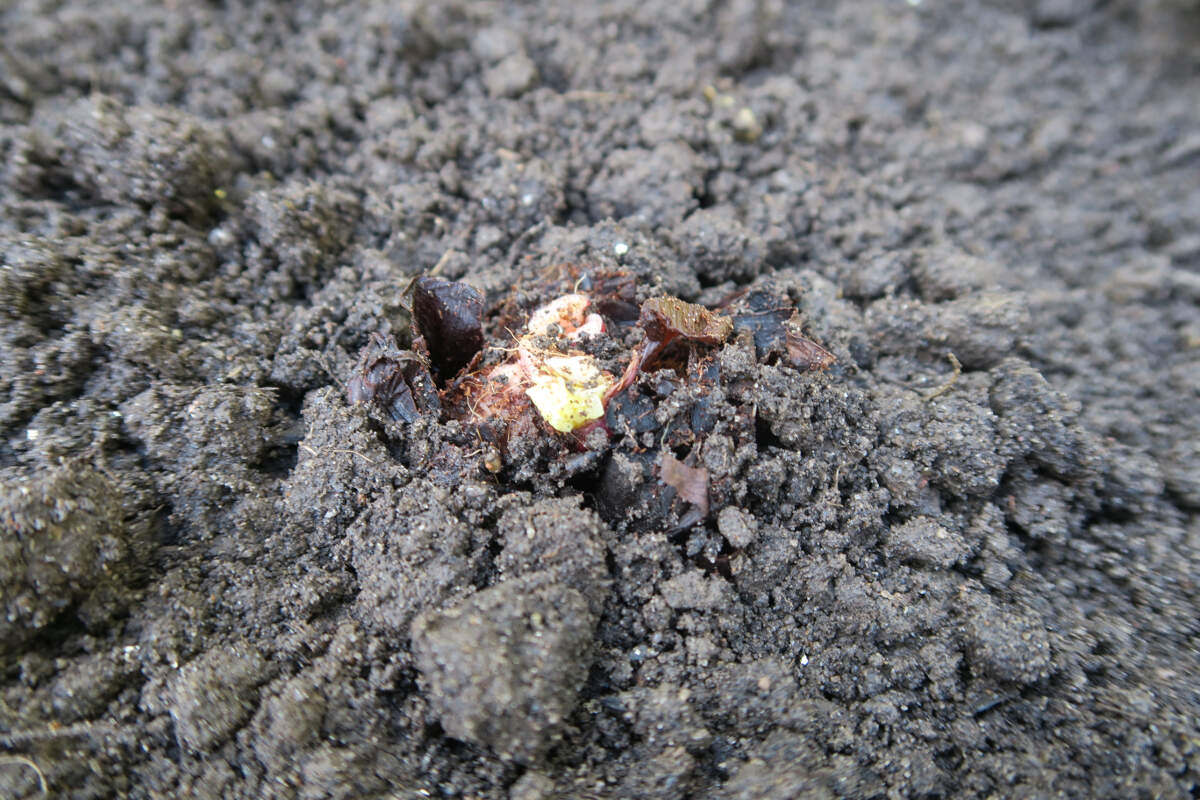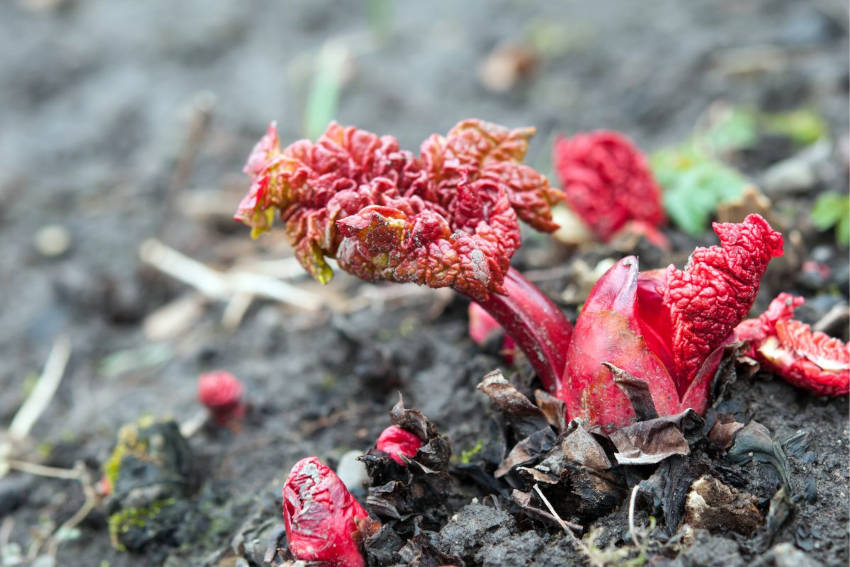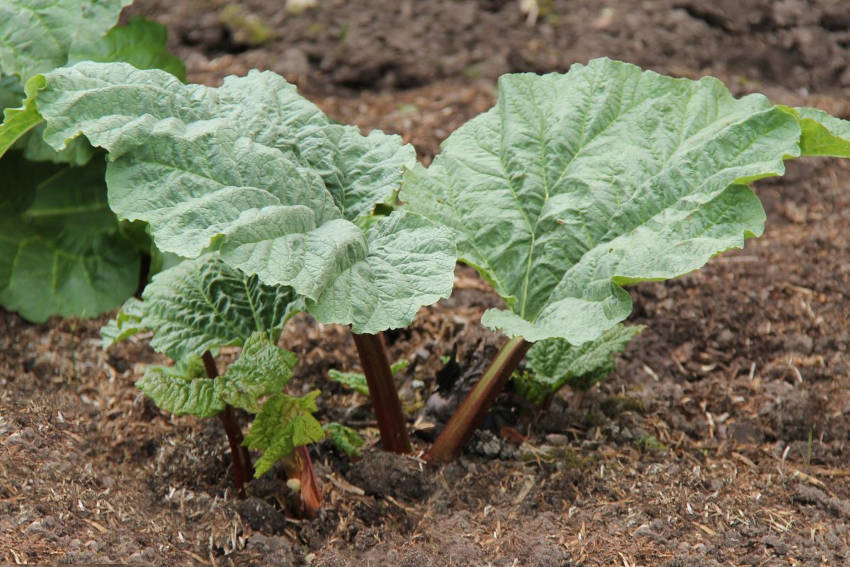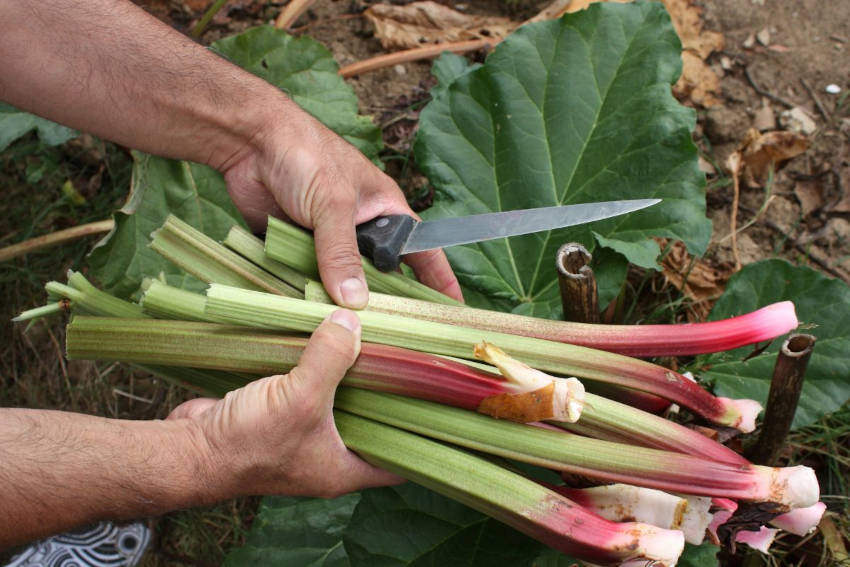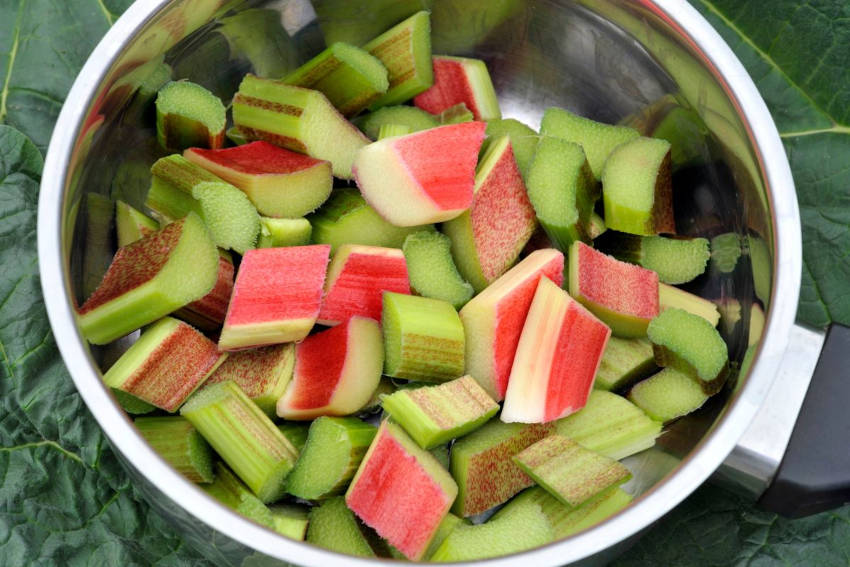Rhubarb is a highly valued member of traditional kitchen gardens, growing as a cool-season perennial that provides generous harvests year after year. Once established, minimal care and attention is required to grow this highly productive perennial.
Known botanically as Rhuem rhabarbarum, today's plant is thought to originate in the cooler areas of China, where it was a medicinal favourite with many reputed benefits for the digestive system. By the 14th century it had arrived in Europe via the Silk Road, quickly commanding higher prices than exotic spices such as cinnamon.
Of course, nowadays rhubarb is more often grown for its juicy, tasty stalks which can have flavours ranging from the sweet and tender to the thrillingly tart. While the stalks can make their way into many appetising dishes and condiments, you should never eat the leaves or feed them to your chooks. They contain a compound called oxalic acid which in high doses can cause jaundice, kidney stones and even death.
There's no need to fear growing a few rhubarb plants in your veggie patch though. They're by no means toxic to the touch, and it'd take a kilo or two of leaves in one meal to cause any serious health problems.
Growing Rhubarb from Crowns
Rhubarb can be grown from seed, but for faster and more predictable results it's better to plant rhubarb crowns. Taken from mature plants with proven productivity, crowns are supplied barer rooted, as leafless bundles of roots with a central growing point. New leaves and stalks will emerge from this central growing point.
How to Plant Rhubarb Crowns
Rhubarb grows well in partial shade or full sun and requires moist but well-draining soil that doesn't waterlog. To plant the crowns, dig holes 20cm deep spaced 50cm to 1m apart. Make a mound in the centre of each hole, high enough so that when the crown sits on top the growing point will be level with the surrounding soil's surface.
Place the crown on the centre of the mound, growing point upward, and spread any attached roots evenly around the slope. Backfill with soil to level off, then water in well.
Ongoing Cultivation
In cooler areas rhubarb will die back in winter, but it can remain evergreen and productive all year round in warmer climates. Whether plants die back in cold climates also depends on the variety grown, with varieties such as Ever Red staying in leaf year round.
Plants should be top dressed with a nitrogen-rich fertiliser such as aged manure every spring to increase yields, while taking care not to cover the crown itself as this can encourage rot. Optionally, an autumn feed with a phosphorous-rich fertiliser such as blood and bone will help to establish a stronger root system for more vigorous growth the next year.
Older plants may start to lose productivity after three or four seasons as the central clump becomes increasingly woody. If so, dig the whole plant up in late autumn, leaving some soil attached around the roots. Pull it apart into pieces that contain at least two growing buds each, and replant with the same spacing as for new crowns. Older, woodier parts with no buds should be discarded.
Rhubarb can also be 'forced' to give an early crop of pink, sweet shoots. This is done by growing the rhubarb in dark conditions in winter. Learn more about this technique here.
Potential Pests and Diseases
As with most garden plants, slugs and snails can be a threat to tender spring shoots. Take your usual anti-gastropod precautions.
Various fungal diseases can afflict rhubarb, particularly in humid climates, causing the crown to rot. Once affected, the safest solution is to dig up and dispose of the plant without composting. Reduce the risks of fungus by keeping plants well spaced to increase airflow, and watering the soil rather than the plant while avoiding splashing.
Various viral problems can also occur, usually showing up as mottled yellow leaves at times of the year when the plants should be thriving. Again, dig up and dispose of affected plants without composting.
How to Harvest Rhubarb Stalks
Once planted, crowns will establish healthy root systems during their first growing season. While it's possible to harvest stalks in the first season, for the strongest plants wait until year two. From then on a bountiful harvest is possible for several years for each crown.
Individual stalks can be harvested as needed, with the plant continuing to grow and supply new ones. Choose larger stalks around the outside of each plant, leaving at least three remaining in the centre to provide fresh growth. Hold each stalk low down towards its base, and gently twist and pull it up and away from the centre. The aim is to prise off the whole stalk including the whitish 'ankle' at the base, with as little tearing or snapping as possible. This method creates a cleaner break than cutting with a blade, which leaves an open wound and a stub of stalk that's prone to rotting and infection.
A healthy rhubarb plant will be extremely productive, but it's wise to ease off harvesting as autumn approaches, giving it time to recover and replenish its energy reserves in plenty of time for spring regrowth. Just a couple of rhubarb plants will keep the average household well supplied with stewed fruit, sauces and jams.
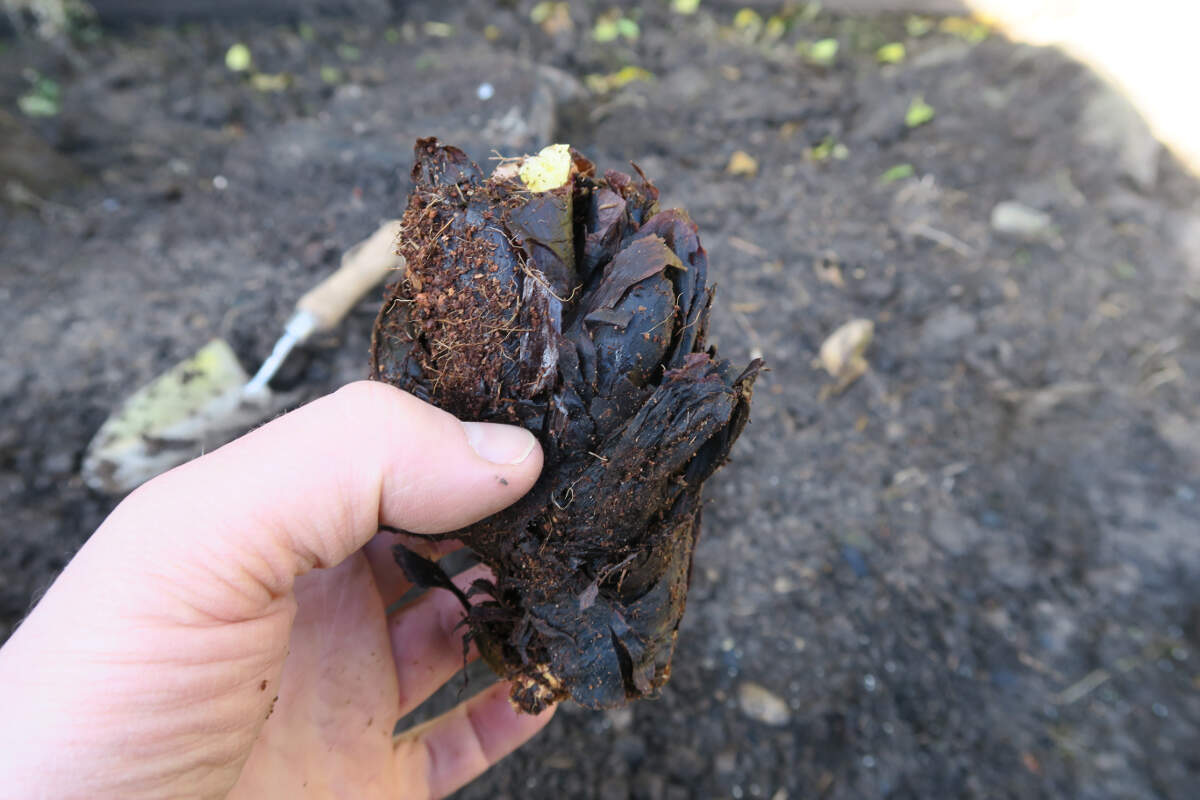
.jpg)
